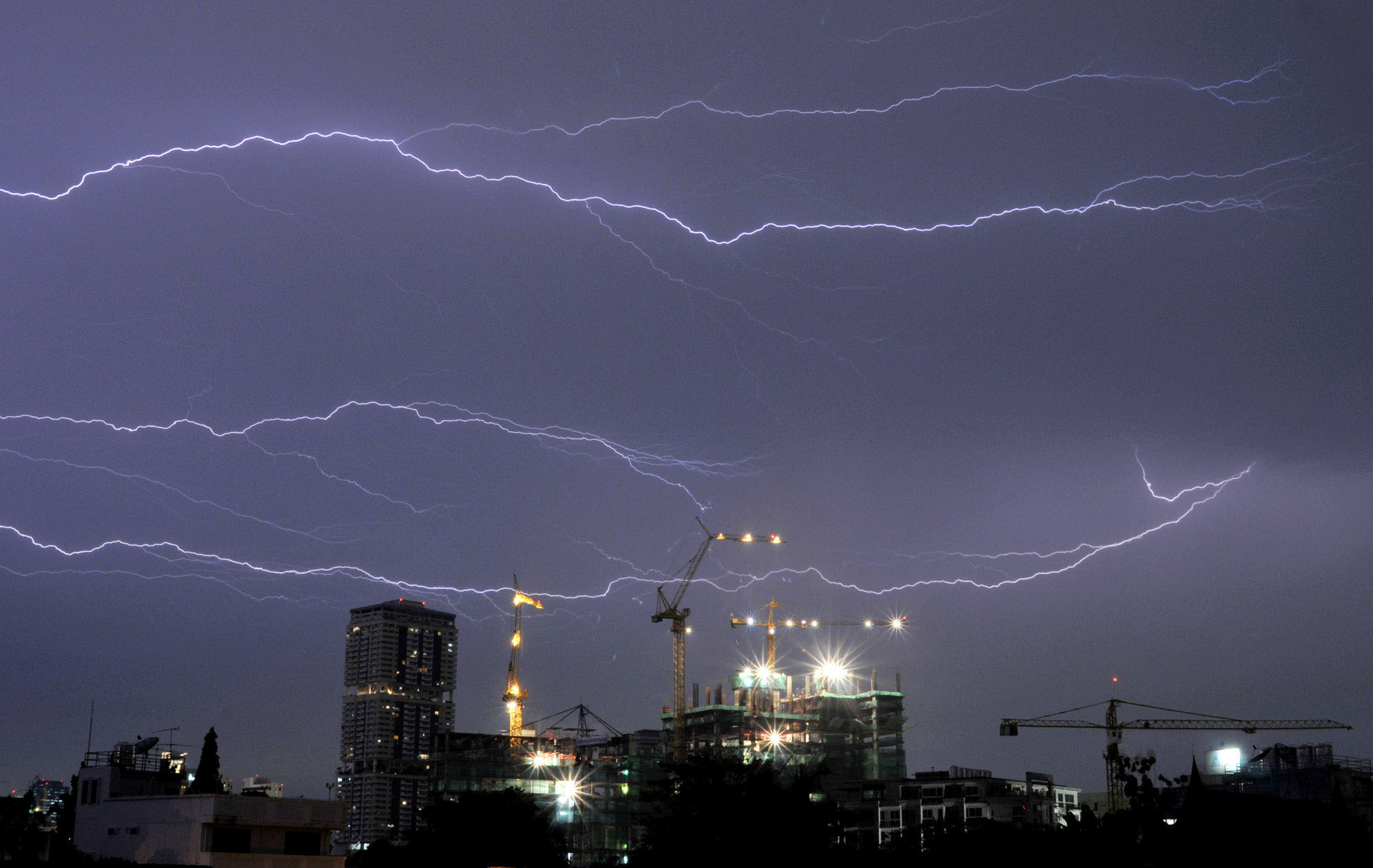A lightning bolt is one of nature's most over-the-top phenomena, rarely failing to elicit at least a ping of awe no matter how many times a person has witnessed one. With his iconic kite-and-key experiments in the mid-18th century, Benjamin Franklin showed that lightning is an electrical phenomenon, and since then the general view has been that lightning bolts are big honking sparks no different in kind from the little ones generated by walking in socks across a carpeted room.
But scientists recently discovered something mind-bending about lightning: Sometimes its flashes are invisible, just sudden pulses of unexpectedly powerful radiation. It's what Joseph Dwyer, a lightning researcher at the Florida Institute of Technology, has termed "dark lightning."
Unknown to Franklin but now clear to a growing roster of lightning researchers and astronomers is that along with thunderbolts, thunderstorms unleash sprays of X-rays and even intense bursts of gamma rays, a form of radiation normally associated with such cosmic spectacles as collapsing stars. The radiation in these invisible blasts can carry 1 million times as much energy as the radiation in visible lightning, but that energy dissipates quickly in all directions rather than remaining in a stilettolike lightning bolt.


















With your current subscription plan you can comment on stories. However, before writing your first comment, please create a display name in the Profile section of your subscriber account page.